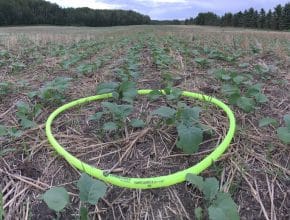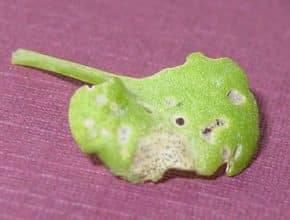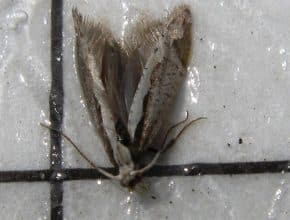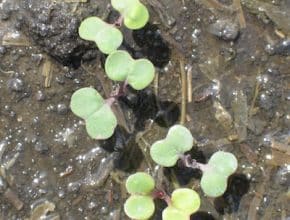Home / Canola Watch / June 10, 2020 - Issue 13
-
You’re out scouting and you see gaps where canola plants should be. The following images show damage that often leads to seedling death (and disappearance) or show patterns that are clues that might explain the cause. Eight photos. Eight choices. Can you match the photos to the cause?…
-
Plant counts help quantify the success of canola plant establishment in each field. If counts are less than expected, the article also lists common causes…
-
Fungicide is probably not necessary in a field with at least a two-year break between canola crops, blackleg-resistant varieties and rotation of genetics. But if factors suggest a fungicide ROI, it has to be applied before the four-leaf stage…
-
Trap counts are showing higher numbers of diamondback moths in a few areas, but this just means that the moths have arrived, and is not necessarily a cause for concern. Flea beetle scouting is more important this week…
-
Situations...Lots of weeds and they're growing fast. Spraying at night to dodge heavy winds. Scouting shows escapes of efficacy issues. Tank mix makes a mess of the sprayer…
-
The ideal time for nitrogen is any time up to the six-leaf stage to make sure fertilizer in place before the crop needs it. Sulphur can be applied up to early flowering and still provide a yield benefit…
-
Wet soils cause an oxygen deficiency, which reduces root respiration and growth. Root failure reduces nutrient uptake, and plants will eventually die unless drowned areas dry out quickly. A few days in waterlogged soil can be enough to kill young canola plants…




